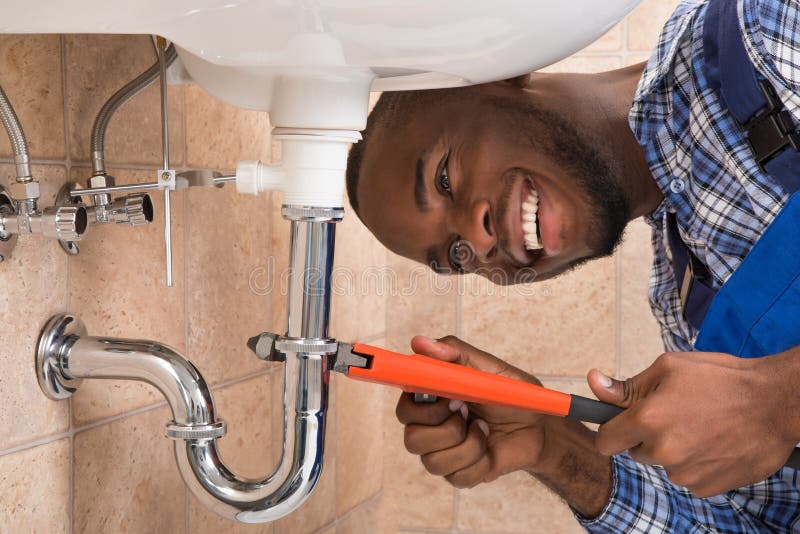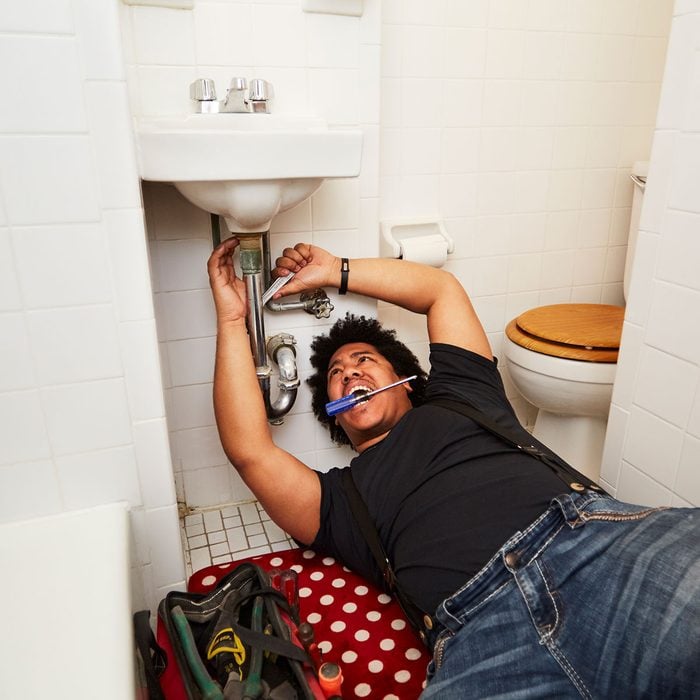A Detailed Overview to Efficient Hot Water Heater Installment for Ideal Performance
Starting the job of setting up a hot water heater is an endeavor that requires precision and an organized method for achieving optimum efficiency. The process starts with the vital decision of picking the ideal heating unit customized to the certain needs of your house, thinking about factors such as type, dimension, and energy source. Once chosen, preparing the installation area to satisfy security standards is extremely important. The journey does not end right here. As you proceed, the ins and outs of connecting water lines and setting up reliable electrical or gas links await, appealing insights into guaranteeing performance and reliability.
Picking the Right Water Heater

Next, think about the dimension and capacity of the water heating system. It's important to evaluate your household's warm water demands, which can vary based upon the number of occupants and their usage patterns. A device that's also tiny might lead to insufficient warm water, while an oversized model might result in unnecessary energy usage.
Effectiveness scores likewise play an essential function in choice. Try to find hot water heater with high Power Variable (EF) scores, indicating remarkable performance and decreased power use. Tankless versions, though generally more pricey in advance, offer considerable energy financial savings with time as a result of their on-demand home heating abilities.
Preparing the Installation Location
Before mounting a brand-new water heating system, thorough preparation of the setup location is necessary. It's essential to gauge the area meticulously to fit the water heater's measurements, making certain sufficient clearance around the system for efficient operation and servicing.
Following, remove any type of debris, dust, or obstructions from the site to produce a tidy environment. Check the flooring for security, as the hot water heater will need a strong, level surface to operate properly. If necessary, mount a drip frying pan under the unit to catch potential leaks or spills, preventing water damage to the surrounding area. In regions susceptible to seismic task, take into consideration mounting seismic bands to safeguard the heating system strongly in position.
Furthermore, ensure that all essential devices and products get on hand prior to starting the installment. This includes things such as wrenches, screwdrivers, a level, and any additional hardware needed for mounting and protecting the heating system. A well-prepared installment location establishes the structure for a successful hot water heater arrangement, optimizing performance and security.
Connecting Water System Lines
When linking water system lines to your freshly mounted hot water heater, it is vital to guarantee that all connections are protected and leak-free to keep reliable procedure and prevent water damages. Begin by identifying the warm and cold water supply lines. The cool water inlet is commonly marked with a blue label or a "C", while the hot water electrical outlet is marked with a red tag or an "H".
Usage adaptable water heater ports to assist in a less complicated installation process. Prior to connecting the ports, put a plumbing professional's tape around the threaded ends of the water heater's inlet and outlet pipes.
Once connections are in location, slowly turn on the primary water system shutoff. Check each link for leakages by aesthetically really feeling and inspecting for wetness. Tighten up connections as required, and make sure the pressure safety valve is correctly installed, safeguarding versus too much pressure build-up.
Establishing Electrical or Gas Connections
Properly setting up the electric or gas links for your water heating system is a critical action to make sure effective and risk-free operation. For electrical water heating systems, start by confirming that the electrical circuit is suitable with the heating unit's voltage and amperage demands. Ensure the power supply is transformed off at the breaker to stop mishaps. Connect the electric cables to the heating unit following the supplier's electrical wiring diagram. Typically, this entails linking the ground cord to the eco-friendly terminal, and the staying cords to their equivalent terminals, safeguarding each with wire nuts.
For gas water heating Water Heater installation Alabaster AL units, safety and security is critical. Link the gas line to the water heating system using a versatile gas adapter, ensuring it is correctly threaded and secured with pipeline joint substance or Teflon tape suitable for gas connections.
When links are made, evaluate for any kind of potential leaks. For gas lines, apply a soapy water remedy to the joints; bubbles suggest a leakage. For electric links, ascertain that all wiring is secure and correctly protected, preserving conformity with neighborhood electric codes.
Readjusting and examining for Performance
With the electrical and gas connections safely in location, the following step is assessing the operational performance of your water heating system. Begin by carefully transforming redirected here on the water supply and making sure there are no leaks at any of the shutoffs or joints.
Following, do a thorough evaluation to ensure the burner or gas heaters are operating correctly. For electric heating systems, make use of a multimeter to confirm if the components are attracting the appropriate existing. In gas designs, observe the heater flame; it ought to be constant and blue, showing efficient combustion.
Adjust the setups as required to remove ineffectiveness. Consider executing insulation steps, such as adding a water heater covering, to better improve performance by lessening heat loss. Furthermore, examine the anode rod's problem, as a scrubby rod can decrease performance and cause tank rust.
Final Thought
Reliable water heating system installation is crucial for guaranteeing ideal performance and energy savings. Securely connecting water supply lines and thoroughly setting up electrical or gas links reduce possible issues.

Properly setting up the electrical or gas connections for your water heater is a vital action to make certain secure and reliable procedure. For electrical water heating systems, start by validating that the electric circuit is suitable with the heating unit's voltage and like it amperage demands. Connect the gas line to the water heater using a flexible gas adapter, guaranteeing it is effectively threaded and secured with pipe joint compound or Teflon tape suitable for gas connections.